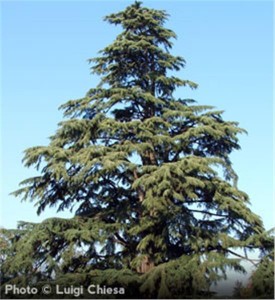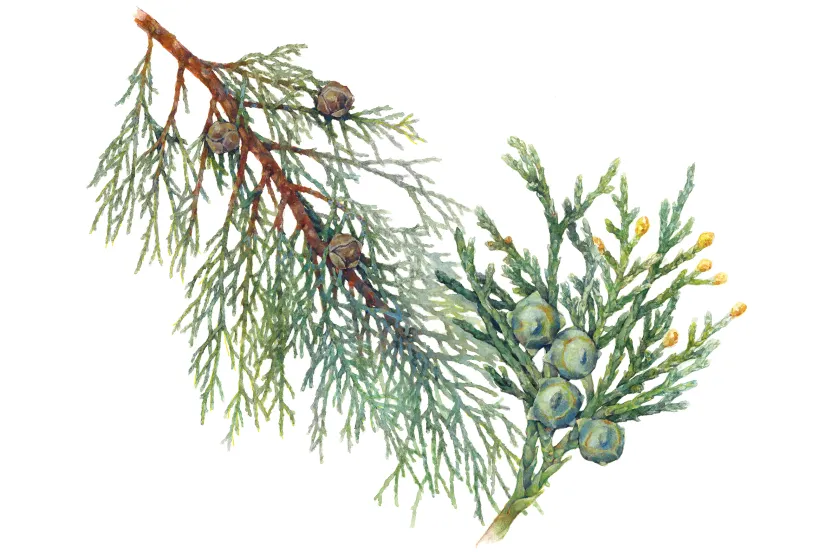Cedrus deodara
Deodar—derived from Sanskrit to mean “timber of the gods”— is native to the western Himalayas and a staple in eastern forests. The Deodar Cedar is popular for its towering heights, reaching as high as 250 feet in its natural habitat. Tree expert Michael Dirr even referred to it “the most graceful cedar,” and by the look of its unique branching patterns and attractive coloring it’s understandable why.
Cedrus deodara
Here are a few things to note if you’re considering adding it to your tree family.
Environmental Conditions
- Deodar cedars grow well in acidic, clay, loamy, moist and well drained soils. They are also drought tolerant (hardiness zones 7-9).
- Medium growing tree, growing one to two feet a year and reaching 40-70 feet in height at maturity.
- Prefers full sun, at least six hours of direct sunlight every day.
Physical Attributes
- Has a smooth gray-brown bark in its youth and develops short furrows with scaly ridge tops as it ages.
- Has sharp-tip needles that shed in the spring as new growth appears.
- Features bluish-green or silvery needles and a distinct layering branch pattern. This tree is a popular windbreak choice.
Tag us in a photo with your Deodar Cedar!





